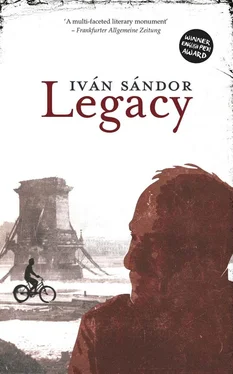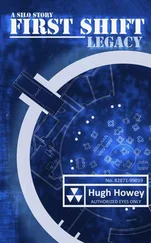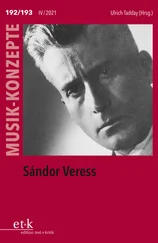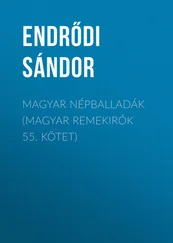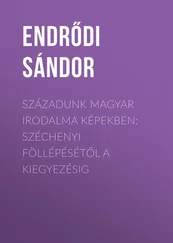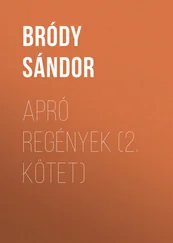
From Nagyfuvaros Street it takes me twenty-four minutes to reach Baross Square via Teleki Square.
My steps of old and of now trace the same path, although it seems as if I am not standing at the mouth of the square but, as it were, on the bank of a wide river where the traces again vanish and the paths of long ago can no longer be tracked.
We needed to avoid Baross Square because of the patrols around Keleti Station, so we had to take Rottenbiller Road, going in a north-easterly direction.
What now takes me twenty-four minutes was probably twice that back then.
In the post-war subway in the square two homeless people are reclining on the ground under grubby coverlets, their heads covered by ripped sacks. A young man of about twenty is sitting on a folding chair; in front of him there is a scattering of coins in the open lid of a violin case and a few 200-forint banknotes. The moment he glimpses me he starts to play: Vivaldi. I wonder what makes him think that classics are what the old codger needs. He’s a student at the Conservatoire, he says when I ask. Some of his fellow students have pitches nearer the centre, but he likes it here and even more in the outer suburbs. He has a wavy mop of blond hair, frameless glasses, a black Adidas jacket and white Adidas trainers. His belongings are all worn, but he clearly looks after them, so he is not playing because he is broke. He asks me what I’m looking for in this neighbourhood so late in the day, so I ask him what makes him think I’m looking for something. Why does he rule out the possibility that I’m simply heading for somewhere? I don’t want to be nosy, sir, but I just had the impression you are looking for something, he smiles. I beg your pardon. If I would like he would play a request of mine.
It’s as if there were another city under this city, and it was sounds from there that I was hearing. Not just familiar sounds but unfamiliar ones as well; or, to be more precise, sounds that were once unfamiliar yet at the same time are part of me in much the way, perhaps, that everything which happens to me also belongs to others, maybe even the young man gripping his violin under his chin, in just the same way as the moments are part of me during which I was once able to avoid Baross Square, in just the same way as the many millions, or even hundreds of millions, of footprints that others have left on my traces from long ago. Stepping into the unknown I also proceed in the unknown left to me by others; the boy who was little older than fourteen knew the way and chose well, the proof of that being that I am able to be here now. That fourteen-year-old took upon his own shoulders the possibility that I would search for him in vain.
The young man plays some Schubert at my request. I earned three thousand today, he says when he finishes, but that’s exceptional; there are some days when it’s only two or three hundred. He makes it crystal clear, with a dismissive gesture of his bowing hand, that he will not accept money from me. He packs up his things. That was a good note to end on; thank you, sir, for giving me the opportunity. We shake hands.
I go further along Rottenbiller Road to Damjanich Street, crossing it midway, then on to the Körönd roundabout on Andrássy Avenue. I must have stood around for about ten minutes in the subway, which I will need to deduct from the time taken for my route from Nagyfuvaros Street in the VIIIth District to Szabolcs Street in the VIth.
I had to tell my parents what route we took; there was no way they would not have asked. I tried to read from Mother’s look what she might have retained of it all, but I don’t know when that was exactly. Probably at least quarter of a century later. She mostly does crocheting in the brazilwood easy chair; little place mats and gloves in beige thread. She’s paid buttons for them from some inner-city wide-boy. Now I come to think of it, she says, which way did you come? She lowers the crochet needles. I am afraid my silence over the matter is disappointing to her, as I can’t say which way we went after avoiding Baross Square.
When she was at Nagyfuvaros Street Jolán Bors said that if we were forced to go after all we should avoid Hősök Square.
How is it possible to reach Szabolcs Street but avoid Hősök Square?
One has to go left down Bajza Road off Andrássy Avenue, because the next crossroads is Mihály Munkácsy Street, so it is not advisable to go down there as there may be armed patrols around the vacated Red Cross home. So I go left down Bajza Road, turn right up Lendvay Street and then, after crossing Dózsa Avenue, along past the terrarium of the Zoological Gardens.
The photograph on my ARP papers shows me standing by the terrarium of the zoo. Over the white short trousers is a somewhat darker linen jacket and open-collared white shirt. My hair is parted on the left. The photograph was almost certainly taken in the summer; one can tell from my squint that I was facing into the sun. There is no yellow star on my jacket, so one can suppose that the photograph must have been taken the year before it was stuck into the identification papers. Under the photograph is the personal description:
Face: long
Nose: regular
Hair: brown
Eyes: hazel/green
Height 172 cm
Distinguishing marks: crossed off
The pavement dips into the subway under György Dózsa Avenue then rises again on the other side.
I turn into Szabolcs Street. The hospital is made up of three huge blocks. It has gone six o’clock, and visiting hours finish at seven. I raise two fingers to my cap in a salute to the doorman; I have no wish to be drawn into giving an explanation as to why I have come or where I’m going — it’s visiting hours. In the lobby there are staircases going in all directions, passages, openings, tables and, on the left, directions to Basement 1.
There are five steps down. The basement is the same one as fifty-eight years ago, except now it contains no mattresses, palliasses or stretchers. The walls are the same and the network of pipes under the low ceiling. There is a single wheelchair to the right, like a symbolic element in an art installation.
I walk the length of the corridor, counting the steps: 120. I walk back.
I saw the two of you immediately as you came down the stairs, says Mother.
We do not stop at the main gate to the hospital. I’ll take a look and see if there is a side door, I tell Vera, and set off towards the second building. I give three knocks on the door but get no response, so I went back to the main building where the door is opened when I knock.
Three men are standing in the hallway. One has a white smock on; the other two are wearing ICRC armbands. They pull me in. Quick, says the man in the white smock, they’re firing. Didn’t you hear? There’s shooting going on all over, I say, adding that our parents are here in the hospital.
A night nurse is called who leads us upstairs. I tell her my parents’ names, but she does not know all the patients by name, so she accompanies me as I look through all the wards.
Vera stands in the corridor, slumped against the wall and shivering. I make a sign that she should say there and set off.
Two years before, in the Amerikai Road Hospice, I saw my grandfather a few hours before he died. Mother would only allow me to come as far as the door to the ward, and it was from there I glimpsed him. Mother embraced me and covered my eyes before leading me out to the corridor.
I open the door to the first ward. Then the door to the second.
In twos and threes, patients are lying on the beds and on mattresses laid on the floor between beds. Where there are three those are dead, and in places there is one dying patient next to two dead ones. In places there are even small children sitting between the beds. Night nurses are doing their rounds. Men with stretchers arrive to take out the corpses.
Читать дальше
